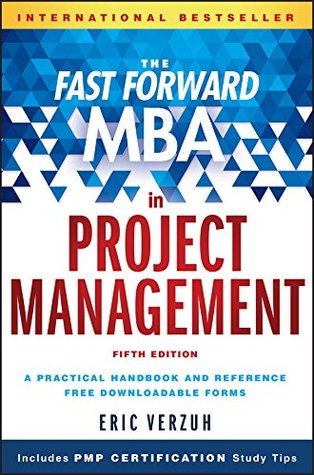Kindle Notes & Highlights
by
Eric Verzuh
Read between
April 3, 2020 - September 2, 2024
The bottom line is that listening to stakeholders will expose requirements and constraints. The earlier these are exposed, the cheaper they are to manage.
Embrace the ambiguity as an opportunity to show you can bring people together. Recognize that others need you to step forward and take the reins. Envision the leader who can win cooperation from a disparate group of stakeholders, then be that leader!
Clearly documented and accepted expectations begin with the statement of work (SOW). It lists the goals, constraints, and success criteria for the project—the rules of the game.
You, as project manager, need to write out the statement of work and then present it to the stakeholders. Even though you may not know all the answers, it is easier for a group to work with an existing document than to formulate it by committee. The stakeholders will have plenty of chances to give their input and make changes once the SOW is presented to them. (Experience has shown that after all the storm and fury of group discussion is over, you may find that as much as 80 percent of your document remains as you wrote it.)
Insurance companies understand and practice risk management better than most project managers because they realize that it is their primary business. Not many project managers realize that it is also their primary task, but those who do have an edge: They are constantly on the outlook for uncertainty that could lead to project failure.
Communicate with the stakeholders as new risks are found, known risks are avoided, and risk reserves are spent.
There are four techniques for identifying risk: asking the stakeholders; making a list of possible risks (a risk profile); learning from past, similar projects; and focusing on the risks in the schedule and budget.
Here are two ways to involve the
team in identifying project risks.
As part of the plan, each low-level task will require a cost and schedule
watch for those tasks that are difficult to estimate; this usually means that there is some uncertainty associated with them.
The risks identified during scheduling and budgeting usually affect smaller parts of the project, but they are important just the same. Managing the small risks as well as the big ones means that little things are less likely to trip you up.


